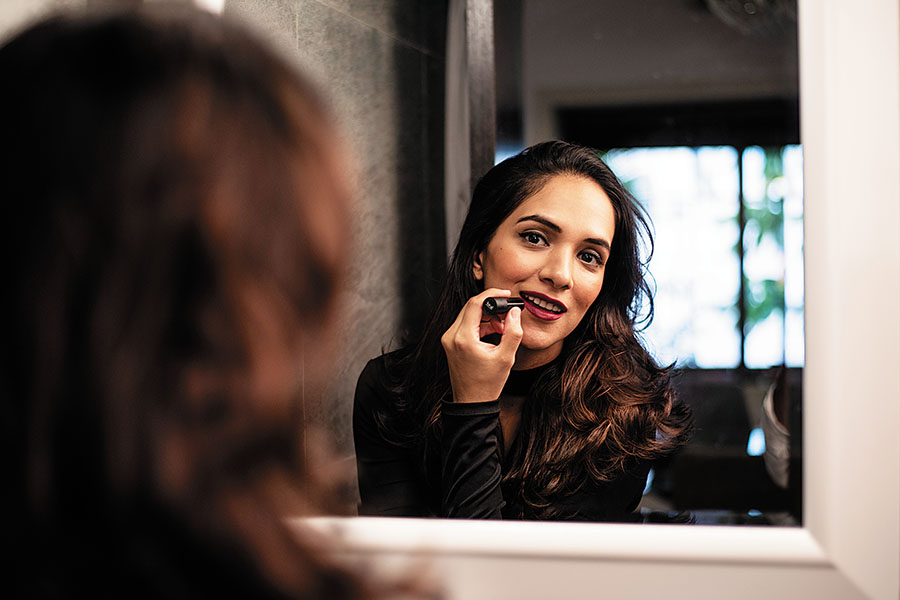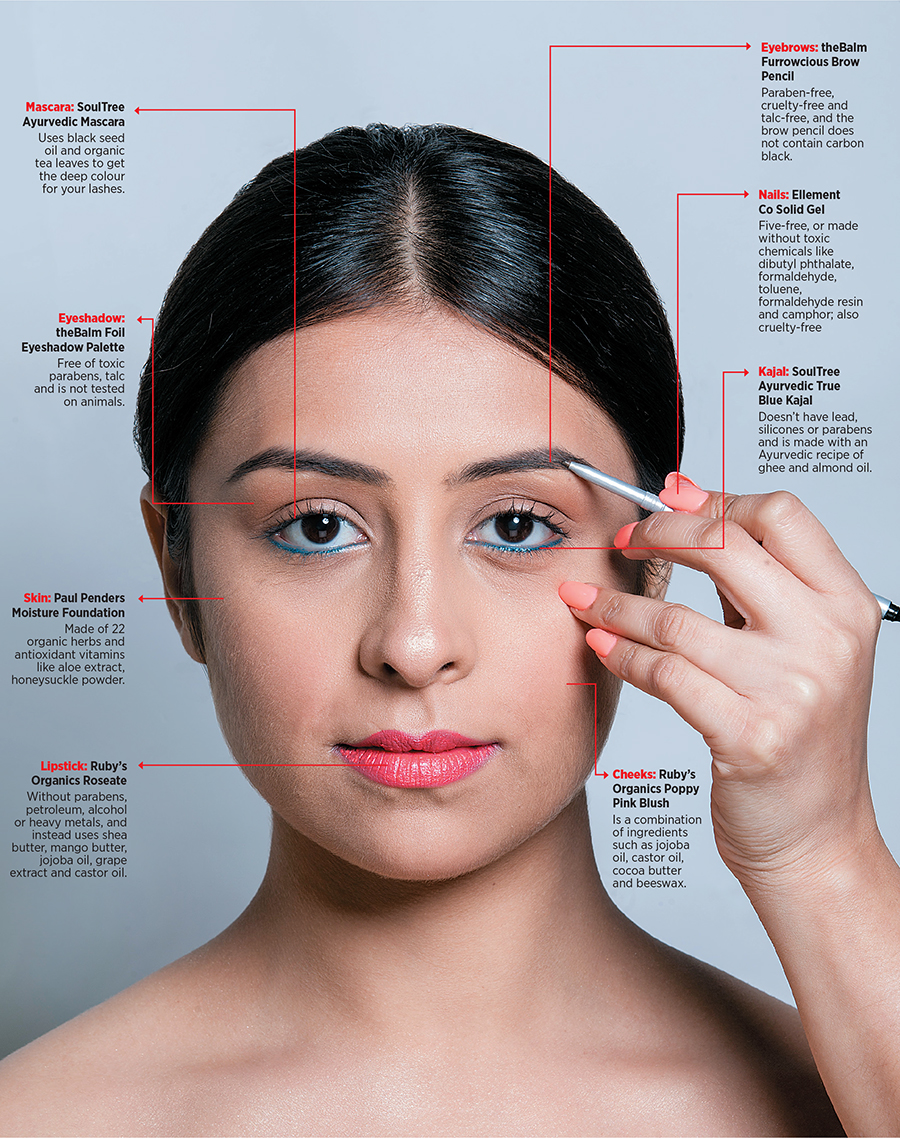
It’s no secret that ugly truths hide behind the gloss of the beauty industry. A third of global landfills are choked with plastic containers, a common packaging material for beauty products; mercury, parabens and other chemicals used in makeup are known to trigger the growth of cancer cells; chemicals such as P-phenylenediamine (found in lipsticks) and dibutyl phthalate (used in nail polish) are heavy pollutants. And that’s not all, of course.
With greater purchasing power, more women joining the workforce in India, and because of a constant need to look camera-ready, India’s cosmetics industry is growing rapidly. According to market research firm Redseer Consulting, it has an overall market standing of $6.5 billion and is expected to grow to about $20 billion by 2025 with a CAGR of 25 percent. In comparison, the global cosmetics market is growing at 4.3 percent CAGR and will reach about $450 billion by 2025. This means that, by 2025, India will constitute 5 percent of the total global cosmetics market, and become one of the top 5 global markets by revenue.
The good news, however, is that more women are becoming aware of the possible perils of using toxic chemicals, for both their own skin as well as the environment. Redseer’s report also says that coupled with multiple other factors, herbal cosmetics products are growing—this segment alone is expected to grow at 15 percent, as more consumers switch to ‘safer’ products.
If you paint by numbers, the potential is huge. But while natural and organic skincare has seen several players such as Forest Essentials, Kama Ayurveda and Patanjali make a mark, the natural makeup space is still an open field—one that is seeing a serious bout of action now.











